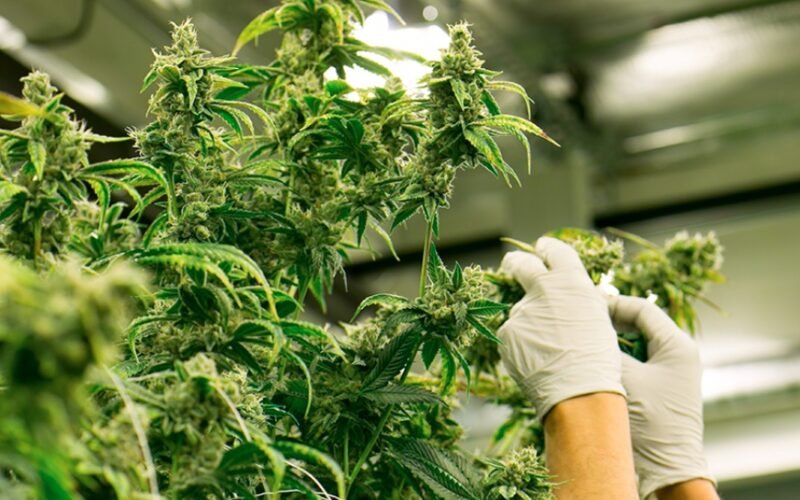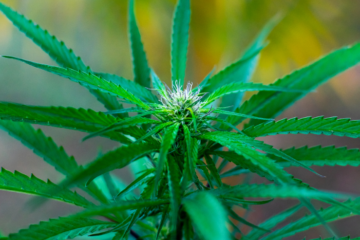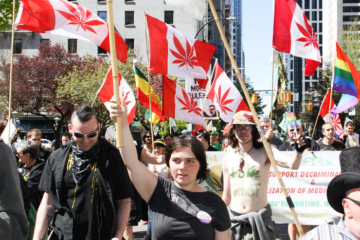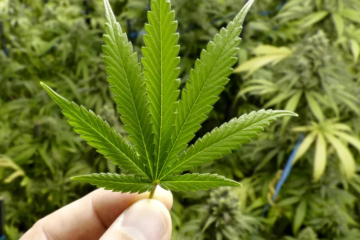The Landscape of Legalization
The United States has reached a pivotal moment in the history of cannabis legalization. Recent data indicates that over half of the American population now lives in states where recreational marijuana is legal, and an even larger percentage resides in areas where medical marijuana is accessible. This shift reflects a significant transformation in public policy and perception regarding cannabis.
A Closer Look at the Numbers
- 54% of Americans live in states with legalized recreational marijuana.
- 74% have access to legal medical marijuana.
- 79% reside in counties with at least one cannabis dispensary.
These figures underscore the widespread nature of cannabis dispensaries across the nation, particularly in states that have embraced full legalization.
Dispensary Distribution: A State-by-State Analysis
California leads the nation with the highest number of dispensaries, a testament to its trailblazing role in the legalization movement. Following California, states like Michigan, Oklahoma, and Colorado also boast a significant number of dispensaries, catering to both medical and recreational users.

Public Opinion and Policy
The legalization trend is mirrored by public opinion, with a substantial majority of Americans supporting legal access to marijuana for either recreational or medical use. This consensus has been a driving force behind the legislative changes sweeping across the country.
The Federal Stance
Despite the federal classification of marijuana as an illegal substance, state-level legalization efforts continue to flourish, presenting a complex legal landscape that is evolving with each passing year.
Economic and Social Implications
The proliferation of dispensaries has profound economic implications, contributing to job creation and tax revenue. Socially, the normalization of cannabis use is challenging long-held stigmas and opening up conversations about drug policy reform.




